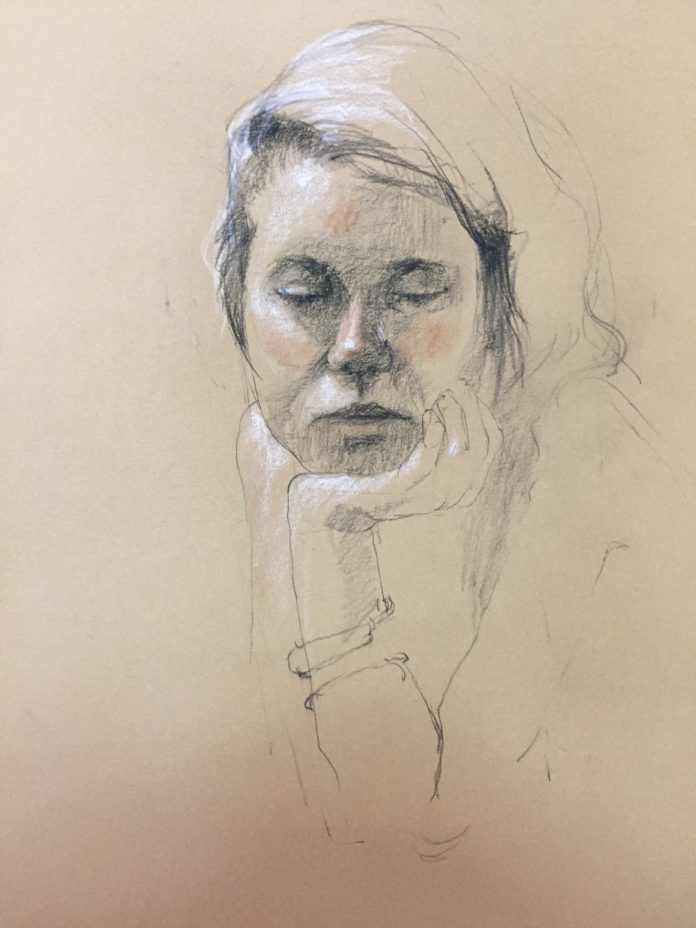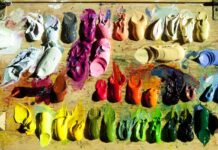Congratulations to Robert Niedzwiecki, whose fine art drawing has been recognized in the PleinAir Salon, a monthly art competition with many categories in which to enter your work.
When Looking Becomes Seeing
BY ROBERT NIEDZWIECKI
Whether you are creating realist, abstract, or nonobjective two-dimensional artwork, at the core you are just making marks on a surface. Drawing is the simplest way to explore mark making, all you need is a marking tool and a surface, namely a pencil or charcoal and a piece of paper.
Yet so many of us, new students especially, have trouble investing the time in drawing because we just want to paint. While I understand this feeling, skipping the growth opportunity that drawing provides prevents us from taking the most direct path to becoming a good painter because drawing teaches us how to see.
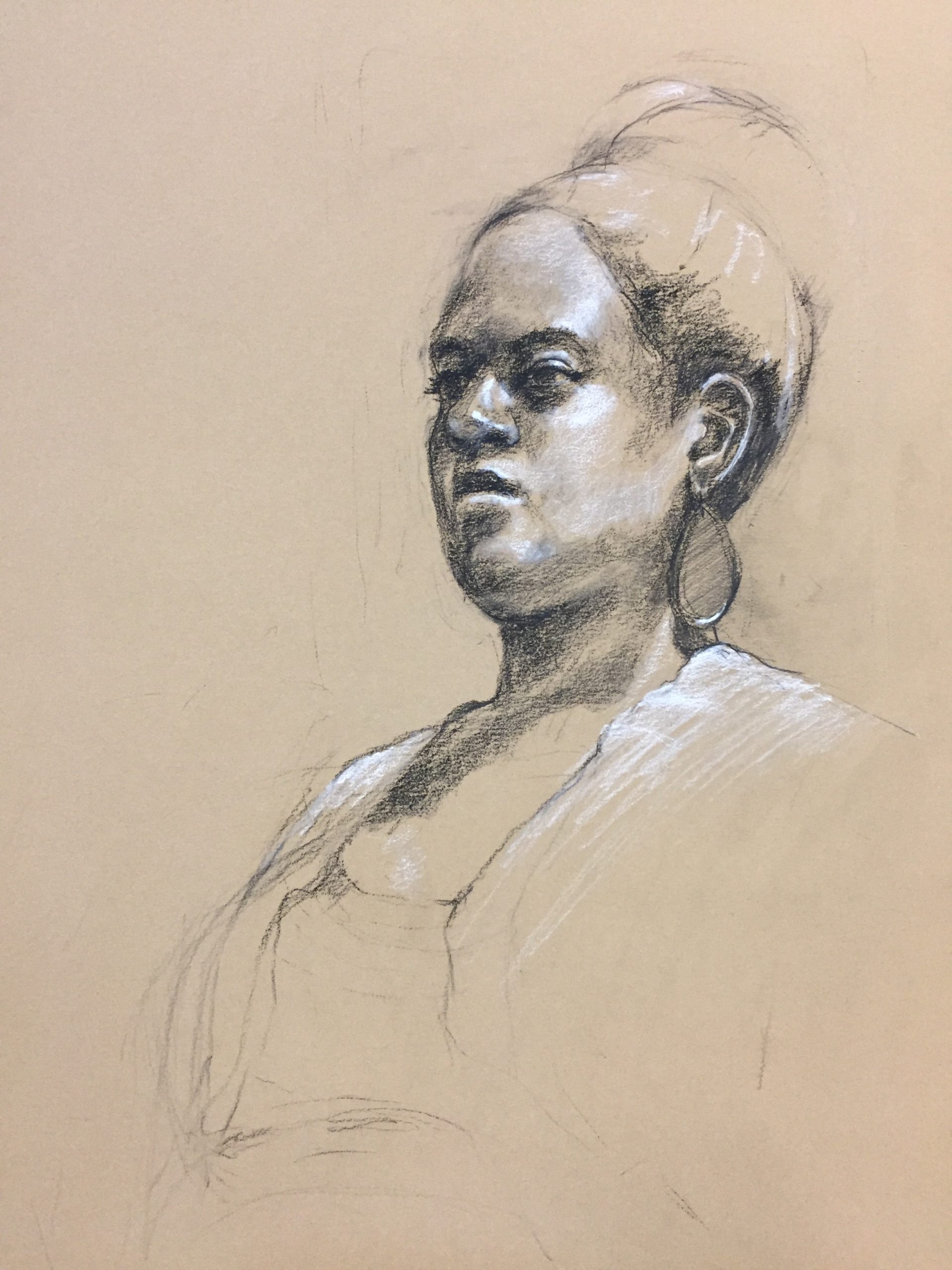
My high school art teacher used to say that drawing was ninety percent looking and ten percent pushing the pencil. In my thirty years as a high school art teacher, I could look around the room and know which students were getting a good drawing just by the way their head and hands moved.
Drawing connects your eye to your hand through your brain and this sounds simple; it would be simple if we were not full of habits and preconceived ideas about what things should look like. Drawing well is about looking at your subject and looking at your work, but not copying.
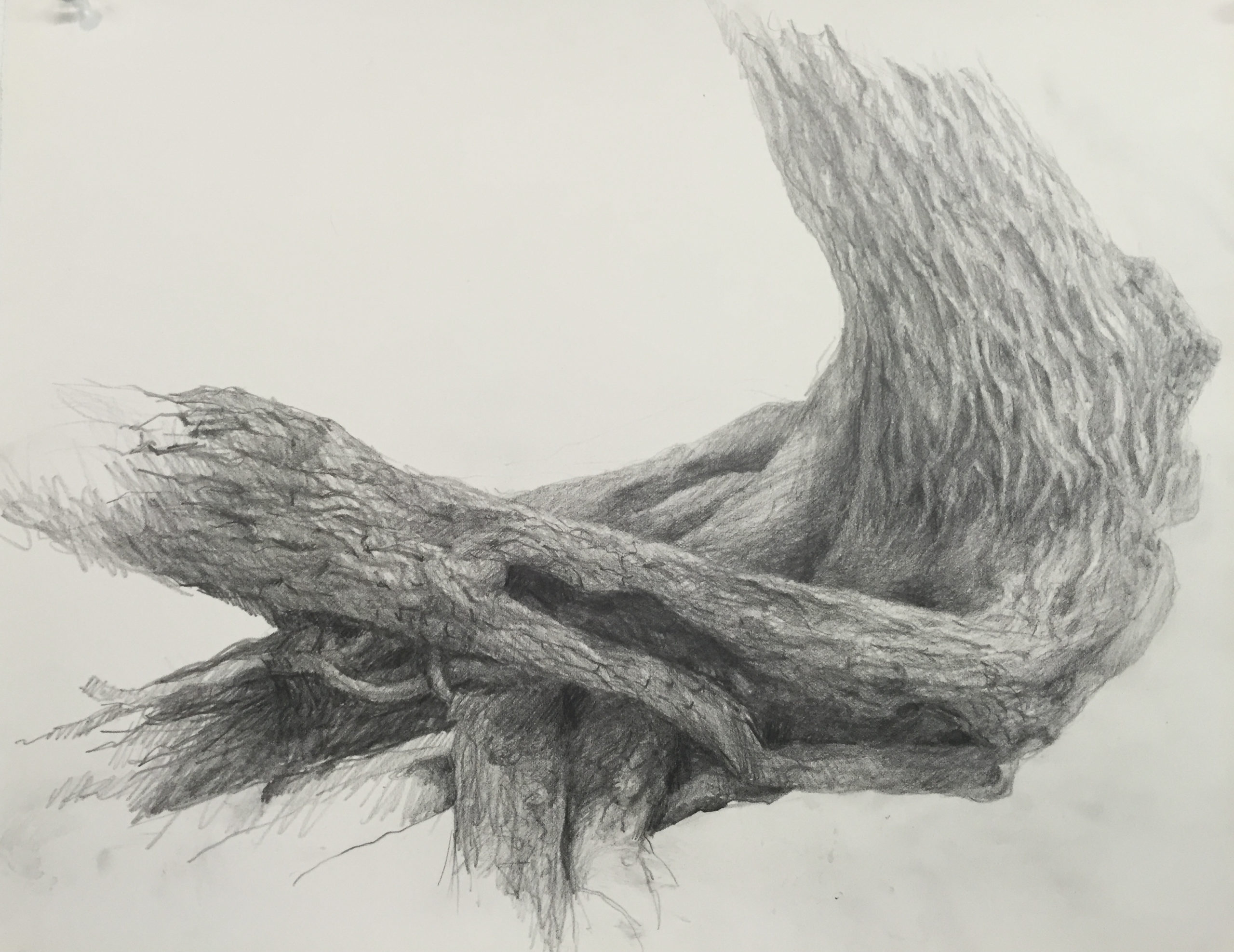
Looking becomes seeing when you are fully engaged with the subject. Seeing what you are drawing involves asking questions about it as you are looking. You must forget its name and see your subject as shapes, forms, values, and edges.
Seeing involves looking at your drawing and asking questions about what your marks are doing. Are these marks describing what I am trying to do? Do they work together to create the illusion or feeling I am trying to convey? When you are seeing something you know where it is in space, you know its relationship to other things, you understand that it has volume, weight, and air that surrounds it. When you are seeing your drawing you are asking if your marks convey those ideas.
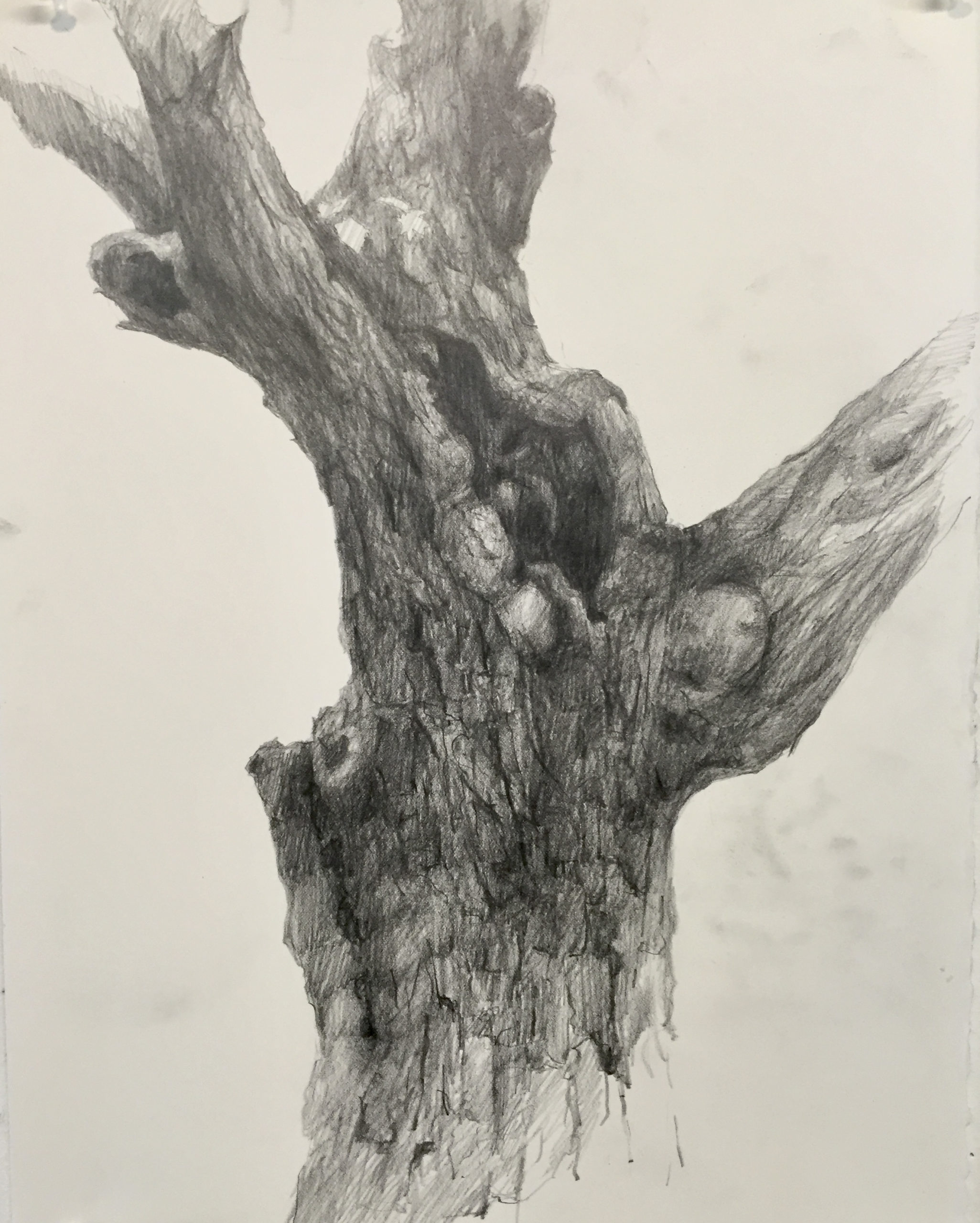
Simply put, drawing is the practice of seeing. I’ve had many students tell me that after practicing the art of drawing they saw the world differently. Your vision, at times, goes from gathering information to appreciating what is in front of you. Drawing can awaken your eye and your mind to what you are looking at.
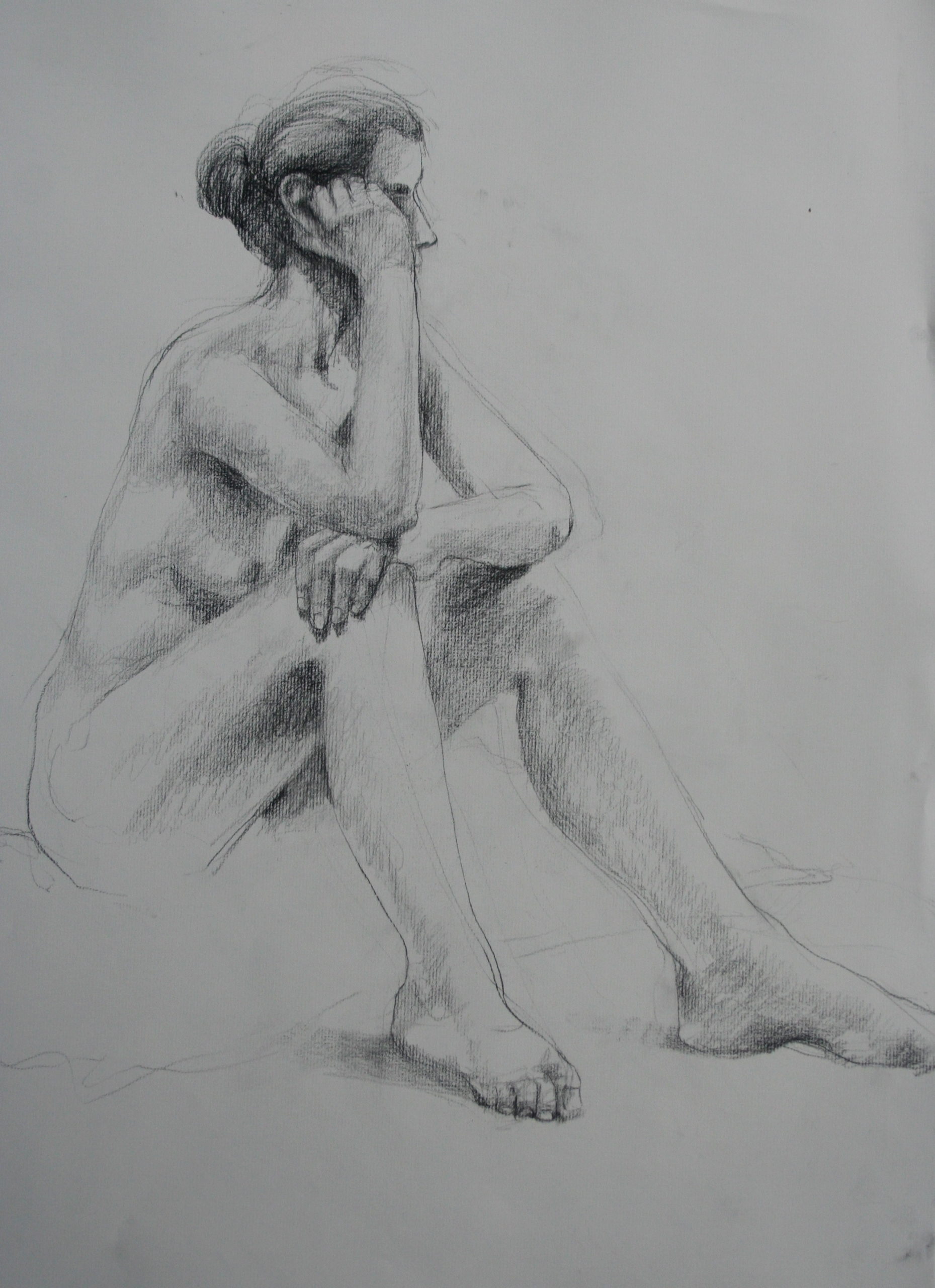
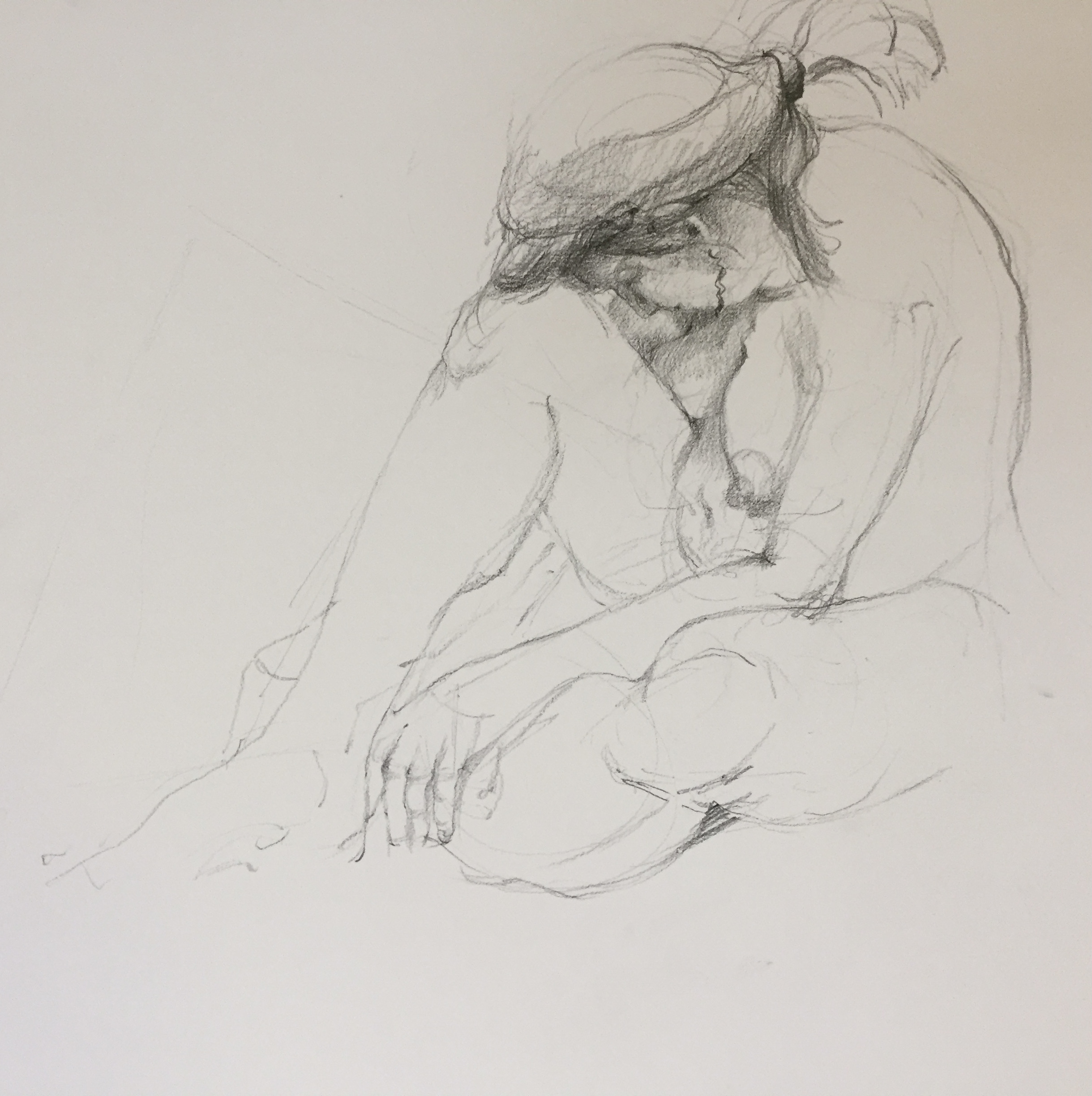
Drawing also reawakens that joy we had as children just making marks on a surface. I would encourage everyone to take the time to draw from life as much as possible. The goal does not have to be to make a finished piece of art but instead to practice the art of transforming looking into seeing, the ordinary into extraordinary, and the information into wonder. ~ R.N.
Why should a contemporary realist enter the PleinAir Salon?
Because this art contest is created by Plein Air magazine, which features not only plein air paintings, but also studio paintings, all types of paintings are eligible and do not need to have been completed in plein air, but should originate from a plein air study or plein air experience. As we know, many studio paintings start with plein air sketches. Our interest is in rewarding great paintings.
The Plein Air Salon awards $50,000 in CASH each year! Learn more at pleinairsalon.com, and enter your best work for your chance to win this art competition. Enter now – the next deadline is coming soon!
Related Article > Painting and the Search for Excellence


